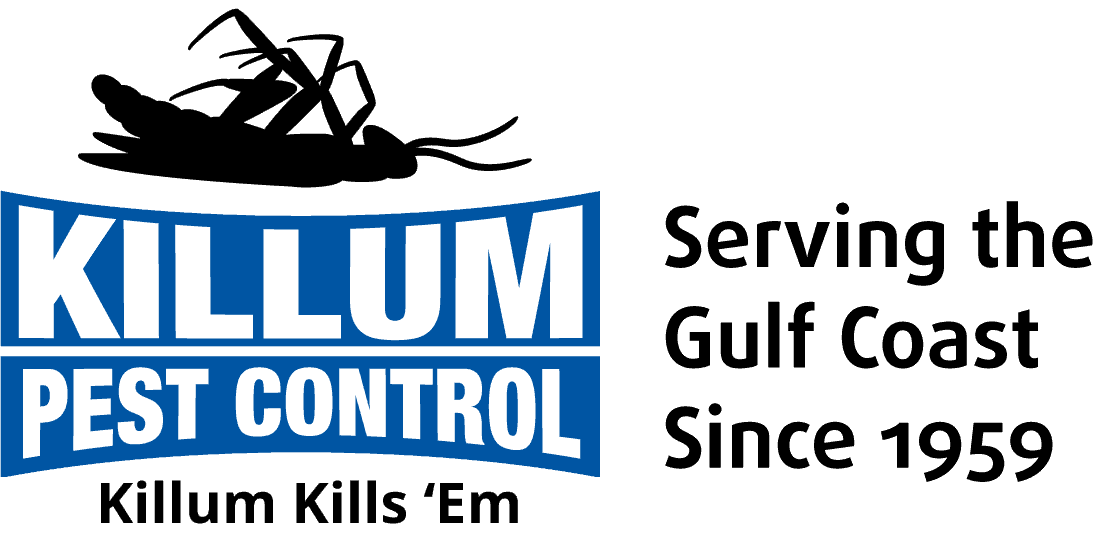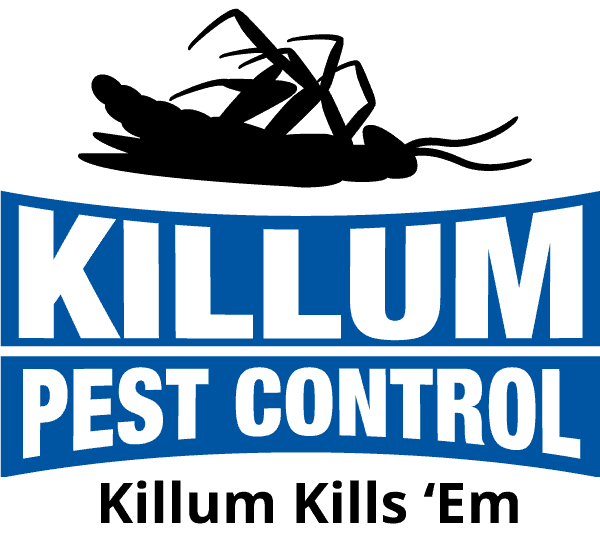If you’re a homeowner in the Houston area, or if you’ve visited our site before, then you’ve heard of Formosan termites. These tiny pests are known for their ability to destroy structures quickly and can cause thousands of dollars in damages. As they swarm seasonally, homeowners should know what to do if they suspect an infestation. In this article, we’ll discuss the signs of Formosan termite swarms and how you can protect your home from these destructive pests.
Have you noticed large swarms of flying insects near your home? If so, it could be a sign that Formosan termites have invaded your property. These termites are native to Asia but were introduced to the U.S. in the 1940s and have since spread across much of the southern United States, from Texas all the way up to Virginia.
These termites can cause serious damage to homes and other structures, since they can eat through wood at an alarming rate. It’s important for homeowners and business owners to be aware of their presence and take steps to protect their property against them. Read on to learn more about Formosan termite swarms and what you can do if you think your home is at risk.
Characteristics Of Formosan Termites
Formosan termites, often referred to as “super termites,” are one of the most destructive species of termite. They are a type of subterranean termite, which means they live and feed underground. They can cause significant damage to homes and other structures due to their tendency to swarm in large numbers. It is important to be aware of the characteristics of Formosan termites so that you can take the necessary steps if they are found on your property.
Formosan termites are much larger than other types of subterranean termites. They have pale yellow-brown bodies with a dark brown head. They also have wings which generally measure about 18mm in length. These wings may be left behind when the swarmers land on surfaces like window sills and decks, making them easier to identify.
Formosan termites differ from other species in that they build nests above ground instead of underground. This makes them particularly dangerous since they don’t need contact with soil or water for food, allowing them access to upper stories and attics where they can cause extensive damage quickly. If Formosan termites are swarming on your property, it is important to call us right away for help dealing with the infestation.
Potential Damage To Property
Formosan termites can cause severe damage to your property if not addressed promptly. They can swarm rapidly, eating through wood and other materials quickly. If you notice swarming, it is important to take the necessary steps to protect your home or business.
The first step is to contact a pest control specialist for an inspection and assessment. This will help determine the extent of the infestation, as well as how best to address it. A professional will be able to provide advice on what measures need to be taken to prevent further damage.
It is also advisable to inspect your property regularly for signs of termite activity, such as mud tubes, droppings, and wings left behind by swarming termites. Taking these precautions can help ensure that any potential damage is identified early on and dealt with before it becomes too serious.
Signs Of An Infestation
If you suspect that your home may be infested with Formosan termites, there are a few signs to look out for. The first and most obvious sign is the presence of swarming. Generally, Formosan termites swarm in the summer months but can also swarm in late spring or early fall. If you’ve seen large swarms around your home, then it’s likely that you have an infestation.
Formosan termite colonies produce mud tubes or shelter tubes which they use to travel between the nest and food sources. These tubes are made of soil and wood particles and commonly found on walls and foundations. If these tubes are present, it is a sure sign of an infestation.
In addition to swarming and mud tubes, another sign of a Formosan termite infestation is damaged wood. Because Formosan termites feed on wood, furniture, floors, window frames, door frames, and walls may show signs of damage from their feeding habits such as hollowed out wood or frass (wood-colored fecal pellets). If you notice any of these signs in your home, it’s best to contact a pest control professional immediately for help treating the problem.
Avoidance Of Secondary Infestations
When formosan termites are swarming, it is important to take steps to avoid secondary infestations. To start, any wood debris should be cleared away from the property – this includes old firewood, tree stumps and other pieces of wood on the ground. Doing this will help reduce the chance of more termites entering and creating a larger problem.
It is also important to keep trees and shrubs trimmed back away from the house. Keeping these plants pruned will help decrease areas where formosan termites can hide and build their nests. Additionally, keeping gutters clean and free of debris can also help limit these insects’ access.
Finally, repairing any cracks or holes in walls or foundations will prevent formosan termites from gaining access to food sources inside the home. These measures should be taken as soon as possible to limit further infestation and damage.
Repairs To Property Damaged By Termites
If termites have already invaded your property, it is important to take action quickly. Repairing the damage they have caused can be costly and time consuming. Identifying the extent of the damage is key in determining the best course of action.
The first step is to inspect all areas where termites may have been active. This includes checking around windows, door frames, baseboards, and any other wood structures on your property. If you find evidence that termites have been active or if you notice any structural damage, contact us immediately. They will be able to assess the problem and recommend a solution.
Depending on the severity of the infestation, remediation could include replacing wood structures such as window frames or baseboards, repairing drywall or insulation that has been damaged by moisture from termite activity, and treating any affected areas with an appropriate pesticide solution. In some cases, further measures may need to be taken such as fumigation or tenting in order to ensure all of the termites are eradicated from your home.
Replacement Of Structural Elements
Now that the necessary repairs to property damaged by termites have been completed, it’s time to consider replacing any structural elements that may have been compromised. This could include anything from floor joists and wall studs to windowsills or porch supports. In addition, if damage is extensive enough, you may need to replace entire sections of the building.
When dealing with termite swarms, it is important to take a proactive approach when it comes to replacement. Even if you don’t see any visible damage yet, there’s a good chance some areas of your home have been weakened by the infestation and are no longer safe for use. It’s better to replace these elements now rather than waiting for them to fail later on down the line.
Before making any replacements, be sure to inspect the area thoroughly and check for any hidden signs of termite damage.
Homeowner Education And Awareness
It’s important for homeowners to be aware of the potential danger that formosan termites can bring. They are an invasive species, and if left untreated, they can cause serious structural damage to a home. Homeowners should take steps to limit their entry into the home by sealing all exterior cracks and crevices, as well as making sure that windows and doors fit tightly in their frames.
In addition to these preventative measures, it’s also important for homeowners to know how to identify signs of an infestation. Some common signs include piles of sawdust-like material near walls and window frames, mud tubes leading up from the ground onto the structure, and visible colonies of termites themselves.
Homeowners should also be aware of what kind of wood materials are used on their property or in their homes that could attract termites. Soft woods such as redwood or cedar are more susceptible than hardwoods like oak or maple. Taking steps to replace soft woods with harder woods can help protect against formosan termite infestations. Taking the time to educate oneself on formosan termite prevention is key in protecting one’s home from these destructive pests.
Early detection and monitoring of Formosan termite activity is the key to keeping them from damaging your home or business. There are several signs that you can look for to determine if a colony is present. The first sign is the presence of mud tubes on the walls or foundation of a structure. These tubes, made from soil and wood particles, are used by the termites to move between food sources and their nest. You should also be aware of small piles of sawdust near wood pieces, as this could indicate that the insects are chewing away at the material. Swarming may also provide an indication that a colony has taken up residence in your area.
If you suspect that Formosan termites have infested your property, it’s important to take action right away. Contacting Killum as soon as possible is a key step in winning the battle against termites! We can assess the situation and develop an effective treatment plan by setting up our Sentricon Bait System. In addition, we can advise you on preventive measures such as sealing cracks in walls or floors and removing potential food sources like old tree stumps or rotting logs from your yard.
By taking steps early on and remaining vigilant, you can help ensure that Formosan termites don’t become a problem for your property. Regular inspections should be done to monitor any activity as well as implementing preventative measures to deter future infestations. By taking these steps now, you can avoid having to deal with costly repairs due to formosan termite infestations down the road. Taking a proactive approach can save time and money in the long run.






